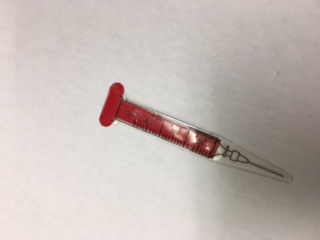College textbooks have never been inexpensive. Medical textbooks are even costlier. It’s currently estimated that a four-year medical degree program at a private college runs about $200,000. Your cost for textbooks will cost about $6,000.
According to the National Association of College Stores, the average student spends $665 yearly on textbooks. Some college courses require textbooks that can cost up to $300 each. Why are college textbooks so expensive, anyway?
College textbook publishers make their money just once, and that’s when a new textbook is sold. There’s no additional revenue from used book sales, so textbook publishers make editions obsolete by publishing new and updated editions each school year.
This does not endear them to college students.
A Token of Our Appreciation
Today, college textbook publishers justify the value of their pricy publications by offering additional content in the form of digital multimedia. Some publishers are even going as far as offering the textbook itself in digital format. These have interactive features that make traditional textbooks seem downright prehistoric.
But, it wasn’t always that way. Before the advent of eTextbooks and the internet, college textbook publishers struggled to find ways to appease students—and their unhappy parents—who were forced to fork over hundreds of dollars for a book that would become practically worthless in less than a year’s time. This made practical bookmarks a hot commodity—especially when they provided added value.
In the early 1990s, one of these companies, a medical textbook publisher, approached Vinyl Art with the request to create a special embossed plastic book jacket for one of their most expensive publications. This additional protection for the textbook was going to be their way of offering added value to the student purchasers.
Last-Minute Snag
The publisher provided us with the specifications for the dust jacket. It was to be made with clear plastic featuring red and black printed elements copied from the actual hard cover it would protect. We worked with the publisher to create the die and ran a small batch that was sent off to be tested for a correct fit.
Everything was fine.
The artwork for the dust jacket arrived earlier than expected. We were pleased because we could produce the dust jackets and ship them to the publisher with time to spare. After another short test run and approval of the final product, we printed the textbook dust jackets—all 50,000 of them.
We received a call from the publisher two days after our production run, and we told them the good news. Getting the artwork early put us ahead of schedule, so we’d be able to deliver the dust jackets much earlier than the original date promised.
Discontinued!
They were pleased with our good news. It helped offset the bad news they’d received from the vendor responsible for creating a bookmark that would ship with the textbook. This vendor had—without any warning—simply gone out of business.
The publisher needed a bookmark, and it had to be something that gave the appearance of being custom-made for the textbook. There was no time to go back to the artist for additional material. The publisher was in a proverbial pickle.
We understand last-minute direction changes, and we do our best to accommodate them. We were confident there was a way we could use what we already had on hand to create a companion bookmark to go with our embossed plastic book jacket.
It took less than 48 hours to go from concept to a reproducible item we could push through our machinery. We expedited samples of it to the publisher, and they gave us the go-ahead as soon as it arrived. Shortly after that, we had a shipment of plastic bookmarks ready to go. They were created by stamping out an existing piece of the plastic dustjacket. That year, 50,000 future medical professionals received a hypodermic shaped plastic bookmark when they purchased a textbook by the publisher.
There’s always a solution when things don’t go as planned. It’s just a matter of injecting some creativity.


